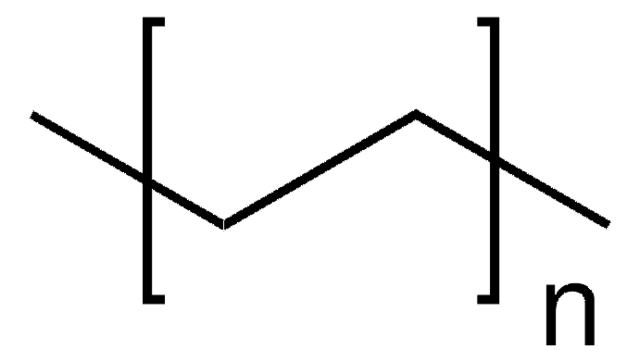71883
Sodium peroxide
for Wurzschmitt-decomposition, ACS reagent, beads (small), ≥95%
Synonym(s):
Sodium superoxide
About This Item
Recommended Products
grade
ACS reagent
for Wurzschmitt-decomposition
Quality Level
Assay
≥95% (RT)
≥95%
form
beads (small)
impurities
≤0.003% total nitrogen (N)
pH
12.8 (20 °C, 100 g/L)
mp
460 °C (dec.) (lit.)
anion traces
chloride (Cl-): ≤20 mg/kg
phosphate (PO43-): ≤5 mg/kg
sulfate (SO42-): ≤10 mg/kg
cation traces
Ag: ≤5 mg/kg
Al: ≤20 mg/kg
Ba: ≤5 mg/kg
Bi: ≤5 mg/kg
Ca: ≤500 mg/kg
Cd: ≤5 mg/kg
Co: ≤5 mg/kg
Cr: ≤5 mg/kg
Cu: ≤5 mg/kg
Fe: ≤5 mg/kg
K: ≤200 mg/kg
Li: ≤5 mg/kg
Mg: ≤5 mg/kg
Mn: ≤5 mg/kg
Mo: ≤5 mg/kg
Ni: ≤10 mg/kg
Pb: ≤5 mg/kg
Sr: ≤10 mg/kg
Tl: ≤5 mg/kg
Zn: ≤5 mg/kg
SMILES string
[Na+].[Na+].[O-][O-]
InChI
1S/2Na.O2/c;;1-2/q2*+1;-2
InChI key
PFUVRDFDKPNGAV-UHFFFAOYSA-N
Looking for similar products? Visit Product Comparison Guide
General description
Application
Analysis Note
Other Notes
Signal Word
Danger
Hazard Statements
Precautionary Statements
Hazard Classifications
Ox. Sol. 1 - Skin Corr. 1A
Storage Class Code
5.1A - Strongly oxidizing hazardous materials
WGK
WGK 1
Flash Point(F)
Not applicable
Flash Point(C)
Not applicable
Regulatory Listings
Regulatory Listings are mainly provided for chemical products. Only limited information can be provided here for non-chemical products. No entry means none of the components are listed. It is the user’s obligation to ensure the safe and legal use of the product.
FSL
Group 1: Oxidizing solids
Inorganic peroxides
Hazardous rank I
1st oxidizing solid
ISHL Indicated Name
Substances Subject to be Indicated Names
ISHL Notified Names
Substances Subject to be Notified Names
JAN Code
71883-1KG:4548173178851
71883-BULK:
71883-VAR:
71883-100G:4548173178844
71883-250G:4548173178868
Choose from one of the most recent versions:
Certificates of Analysis (COA)
Don't see the Right Version?
If you require a particular version, you can look up a specific certificate by the Lot or Batch number.
Already Own This Product?
Find documentation for the products that you have recently purchased in the Document Library.
Our team of scientists has experience in all areas of research including Life Science, Material Science, Chemical Synthesis, Chromatography, Analytical and many others.
Contact Technical Service




![Benzo[a]pyrene ≥96% (HPLC)](/deepweb/assets/sigmaaldrich/product/structures/253/820/be96d879-1811-46c0-8f11-612019691c2d/640/be96d879-1811-46c0-8f11-612019691c2d.png)


